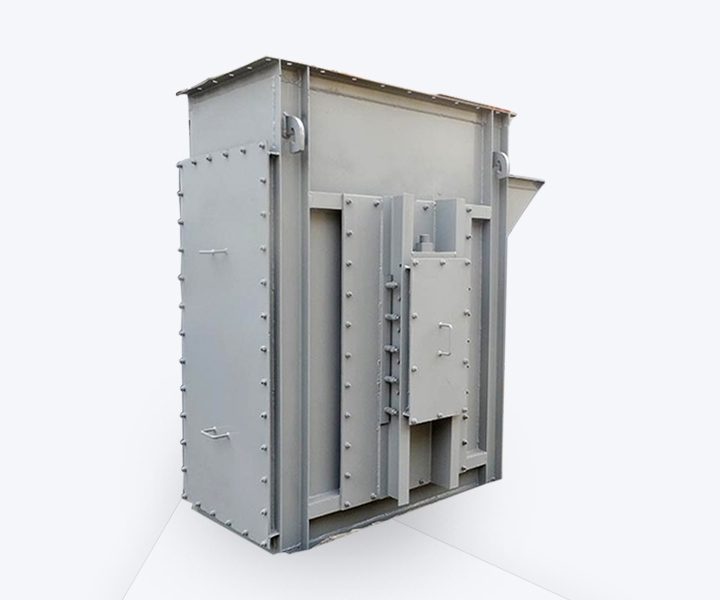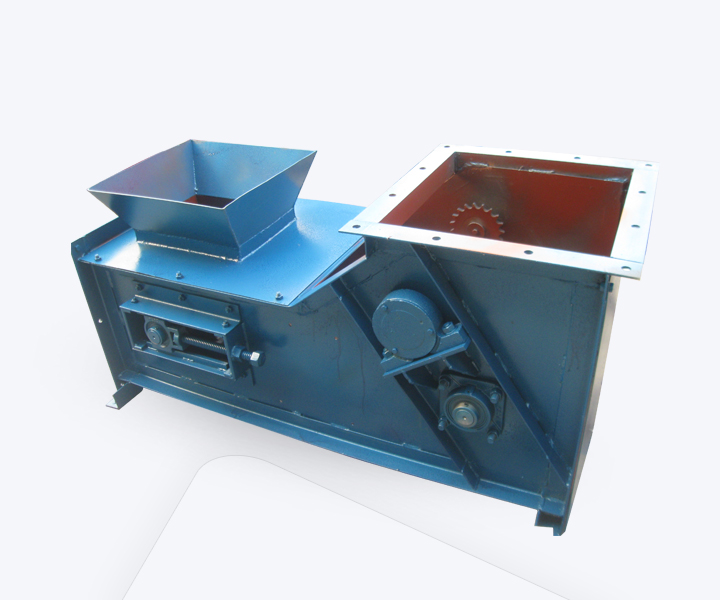Only when the bucket elevator is correctly selected can the productivity be increased to a greater extent. The choice of the bucket elevator is based on the following six aspects:
When purchasing is an hoist, you need to understand some basic information before you can choose the right model. The main contents are:
1.material name, which is the name of the material to be transported.
2.material characteristics, including particle size, loose density, temperature, humidity, viscosity, sharpness and so on.
3.actual delivery volume and the height that needs to be lifted.

The selection of the hopper is mainly based on the humidity and viscosity of the material.
The front wall of the shallow hopper has a large slope and a small depth, and is suitable for conveying wet and poorly flowable materials.
The deep hopper has a small slope and a large depth, which is suitable for conveying dry and fluent materials.
For a hopper with a leading edge, since the two guiding sides of the front hopper are the unloading guide grooves of the rear fabric hopper when it bypasses the upper drum, it is suitable for conveying heavy and abrasive materials. It is used in bucket elevators that are densely arranged in the hopper.
The traction component of the bucket elevator is an important component for material lifting, which is generally determined according to the user's lifting height and the temperature of the lifting material.
Tape bucket elevators generally have higher speeds and lower costs, but the strength of the tape is lower, the lifting height is not too large, and the conveying material is also limited.
The chain bucket elevator is the opposite. It is mainly divided into a plate chain bucket elevator (such as: NE plate chain bucket elevator) and a chain bucket elevator (such as: TH/HL chain bucket elevator) Compared with the belt bucket elevator, these two types of bucket elevators have a larger lifting height and can increase the material with larger block and higher temperature.
Bucket elevators are mainly divided into two types: picking type and inflow type loading. The choice between the two is mainly the material characteristics and running speed.
The pick-up type is mainly used to transport powdered, granulated, small pieces of non-abrasive or semi-abrasive bulk materials, and is often used in combination with centrifugal discharge, because it does not produce very much when drawing materials. Large resistance, so the material is allowed to run at a higher speed, generally 0.8 to 2.0 m / s.
The inflow type is used to transport large and abrasive materials. The hopper is arranged in a dense manner to prevent material from scattering between the hoppers. The hopper has a low running speed, generally no more than 1 m/s, so it is mostly used for gravity lift unloading bucket elevators.

The bucket hoist discharge mode is divided into centrifugal discharge, gravity discharge and centrifugal-gravity (mixed) discharge, which are selected according to material characteristics, running speed and traction member type.
Centrifugal unloading is suitable for conveying powdery, granular and small-sized materials with good flowability, and is suitable for high-speed hoists for hoppers to be evacuated, and mainly for belt bucket elevators, and less for chain bucket elevators. Centrifugal discharge is used. Centrifugal unloading is a hoist. The operating speed of the hopper is usually 1 to 2 m/s, which has been selected to 5 m/s.
Gravity unloading is suitable for conveying blocky and abrasive materials, and is suitable for vertical or inclined bucket elevators with continuous arrangement of hoppers. At this time, the operating speed of the hopper is generally 0.4-0.6m/s. Fitted with a hopper with a leading edge.
Centrifugal-gravity (mixed) unloading is applicable between the above two, and is often used to transport powdery and water-rich materials with poor flowability, and the running speed is generally 0.6-0.8 m/s.
The installation method of the bucket elevator is mainly based on the user's site conditions.
The traction member of the inclined bucket elevator needs to add a device for supporting the traction member when the inclination angle is too large, and the structure is complicated, so that a vertical bucket elevator is generally used in general. Tilt bucket elevators are used when vertical bucket elevators do not meet special process requirements.
The above is the basic selection basis of the bucket elevator, hope to help you, you can also directly click on the online consultation, Dahan manufacturers will provide you with more detailed and comprehensive guidance.
Address:China,Yanjin county forest park gate to the west 1000 meters north road.